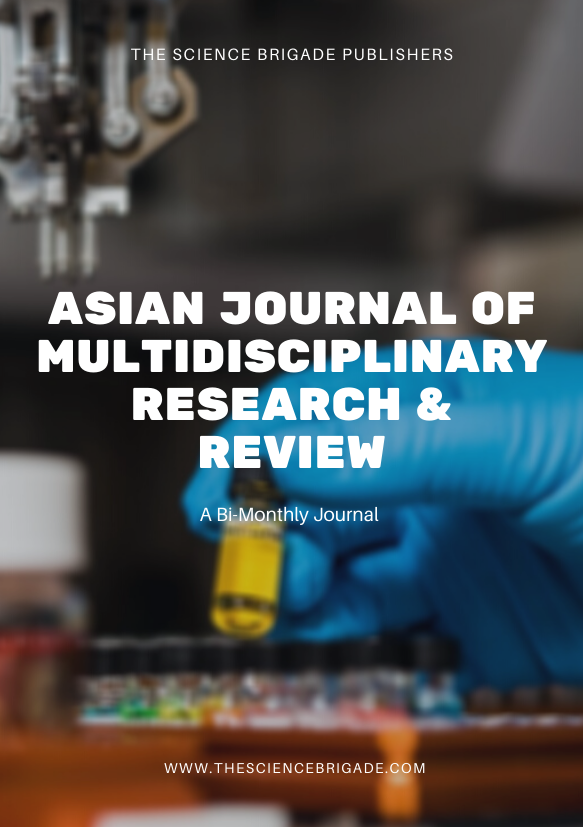According to Croissant & Lorenz, Southeast Asia as a region is an extraordinarily diverse collection of states, which vary widely in history, demographics, culture, economy, political systems, and the political challenges they face. Geographically, Southeast Asia is divided into an insular or maritime region, comprising Brunei, Indonesia, parts of Malaysia, the Philippines, and Timor-Leste, and a mainland or continental part, including Burma, Cambodia, Laos, the Malay Peninsula, and Vietnam (Croissant & Lorenz, 2018). Political and cultural synthesis can be seen in the way that Southeast Asian states have adapted to various external influences and internal challenges over time. Political and cultural synthesis can also be seen in the way that Southeast Asian societies have developed their forms of nationalism, identity, and civil society that reflect their diverse ethnic, religious, and linguistic backgrounds. The paper argues that political and cultural synthesis is a key feature and process of Southeast Asia, which is the result of the historical interactions and influences among different religions, cultures, and regions within and outside Asia. The paper analyzes various examples of cultural synthesis in Southeast Asian literature and cinema, and how they reflect and contribute to the diversity and complexity of the region. The text argues that this is a key feature and process of Southeast Asia, which is the result of the historical interactions and influences among different religions, cultures, and regions within and outside Asia. The text analyzes various examples of cultural synthesis in Southeast Asian literature and cinema, and how they reflect and contribute to the diversity and complexity of the region. Southeast Asia is divided into an insular or maritime region, comprising Brunei, Indonesia, parts of Malaysia, the Philippines, and Timor-Leste, and a mainland or continental part, including Burma, Cambodia, Laos, the Malay Peninsula, and Vietnam.
Political & Cultural Synthesis: A New Paradigm of Southeast Asia
Publication Information
Journal Title: Asian Journal of Multidisciplinary Research & Review
Author(s): Animesh Manna
Published On: 27/06/2023
Volume: 4
Issue: 3
First Page: 83
Last Page: 97
ISSN: 2582-8088
Publisher: The Law Brigade Publisher
Cite this Article
Animesh Manna, Political & Cultural Synthesis: A New Paradigm of Southeast Asia, Volume 4 Issue 3, Asian Journal of Multidisciplinary Research & Review, 83-97, Published on 27/06/2023, doi.org/10.55662/AJMRR.2023.4302 Available at https://ajmrr.thelawbrigade.com/article/political-cultural-synthesis-a-new-paradigm-of-southeast-asia/
Abstract
Share this research
Latest Publications

License Information
Copyright © [hfe_current_year]
Animesh Manna

Ownership and Licensing:
Authors of this research paper submitted to the Journal of Science & Technology retain the copyright of their work while granting the journal certain rights. Authors maintain ownership of the copyright and have granted the journal a right of first publication. Simultaneously, authors agreed to license their research papers under the Creative Commons Attribution-NonCommercial-ShareAlike 4.0 International (CC BY-NC-SA 4.0) License.
License Permissions:
Under the CC BY-NC-SA 4.0 License, others are permitted to share and adapt the work, as long as proper attribution is given to the authors and acknowledgement is made of the initial publication in the Journal of Science & Technology. This license allows for the broad dissemination and utilization of research papers.
Additional Distribution Arrangements:
Authors are free to enter into separate contractual arrangements for the non-exclusive distribution of the journal’s published version of the work. This may include posting the work to institutional repositories, publishing it in journals or books, or other forms of dissemination. In such cases, authors are requested to acknowledge the initial publication of the work in the Journal of Science & Technology.
Online Posting:
Authors are encouraged to share their work online, including in institutional repositories, disciplinary repositories, or on their personal websites. This permission applies both prior to and during the submission process to the Journal of Science & Technology. Online sharing enhances the visibility and accessibility of the research papers.
Responsibility and Liability:
Authors are responsible for ensuring that their research papers do not infringe upon the copyright, privacy, or other rights of any third party. The Journal of Science & Technology and The Science Brigade Publishers disclaim any liability or responsibility for any copyright infringement or violation of third-party rights in the research papers.




